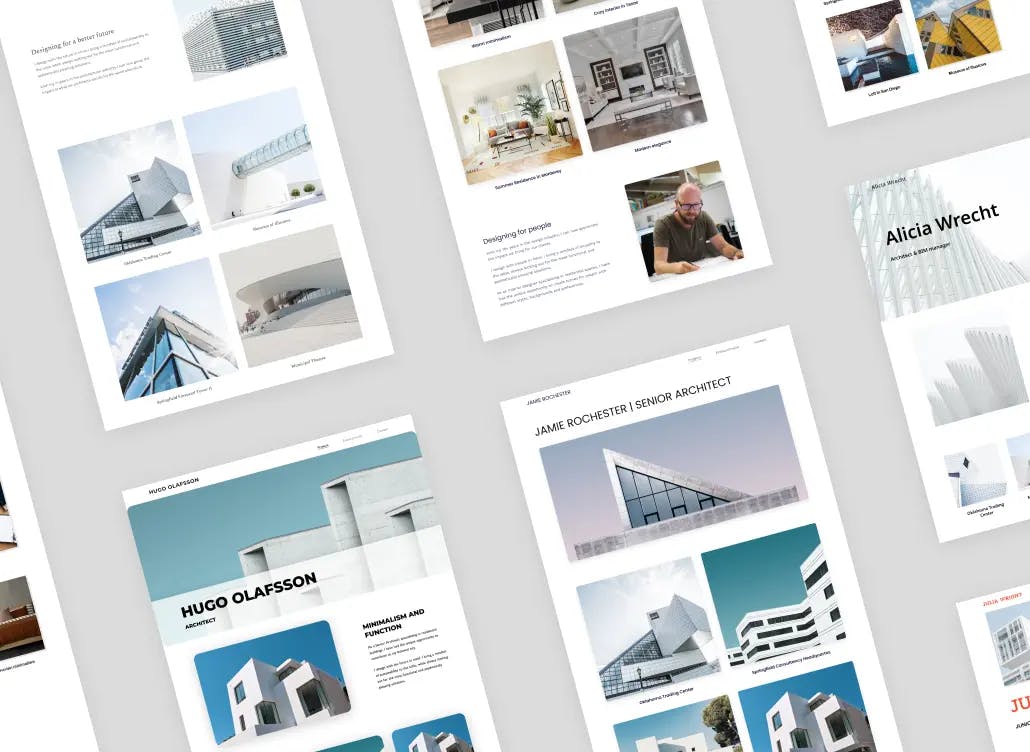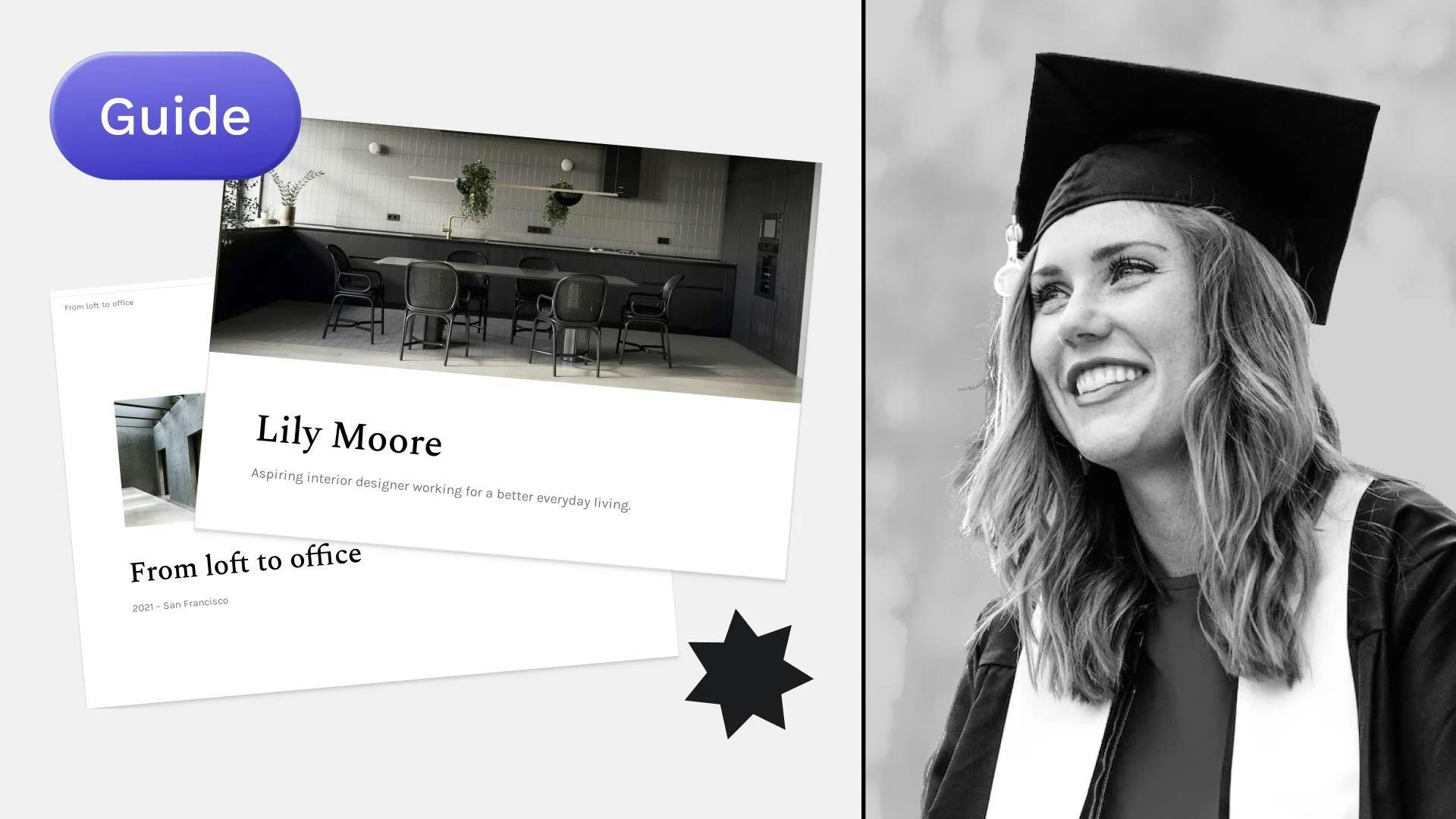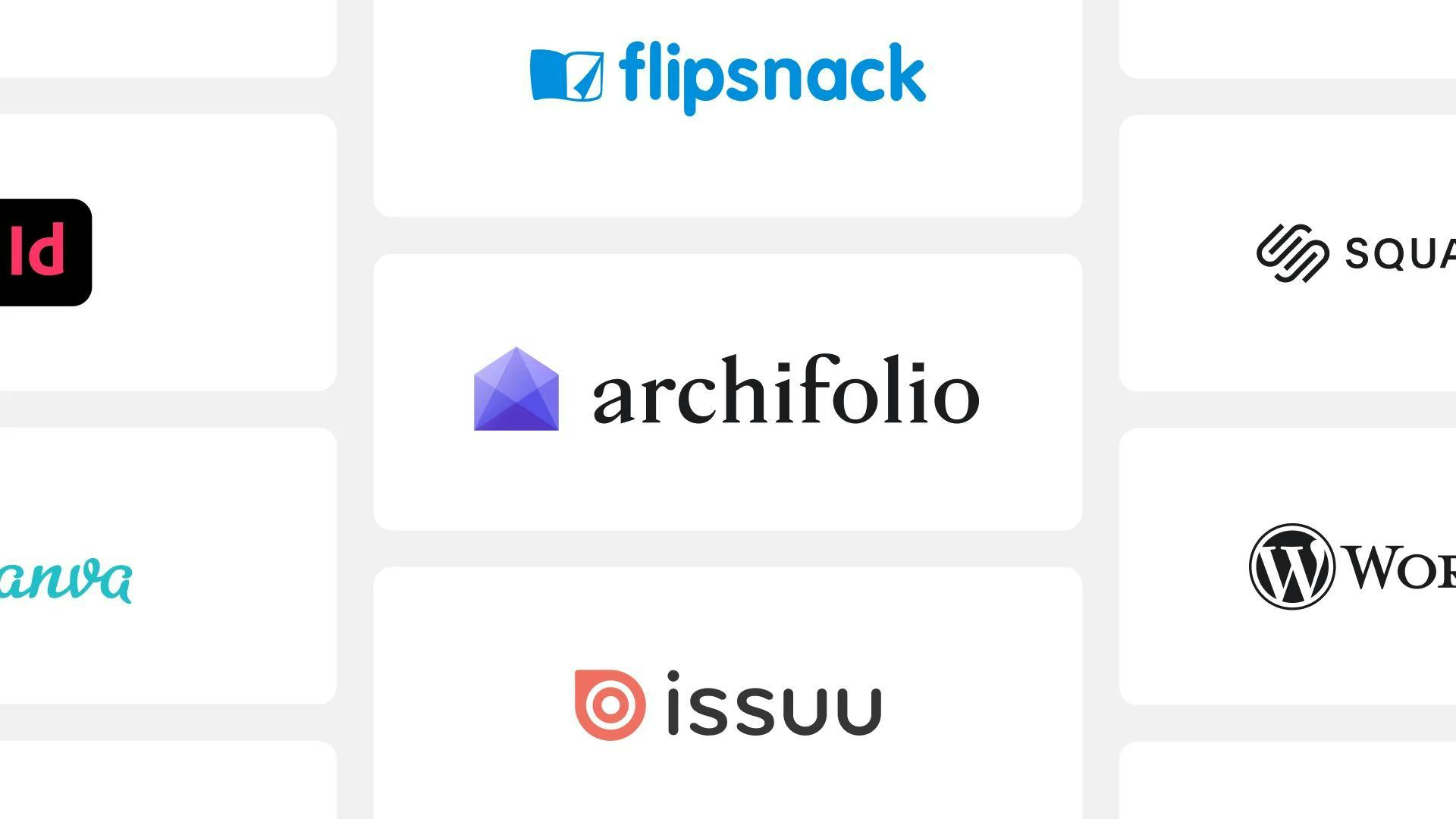
How to Become a Home Stager - Career and Portfolio Tips
You know what it takes to optimize the curb appeal. You enjoy decluttering and tidying up a space. You’re good at depersonalizing a house without losing its homey feel. Naturally, your next question should be about how to become a home stager.
While it can be challenging, it sounds like a career in house staging is the perfect choice for you. In this article, we walk you through the first steps from what to learn to how you can build your home staging portfolio for the best results. Let’s dive in!
How to become a home stager?
In this ever-changing career, you’ll keep on learning, create a network of like-minded professionals, and work on projects that will lead to a career that you’re passionate about. But how do you get started?
Learn as much as you can
Even though you don’t actually need a license to become a home stager, getting started with a home staging certification is beneficial for jumpstarting your career. It’s OK to learn by doing though, as long as you are prepared to learn from your mistakes and keep an open mind.
You wouldn’t be here if you didn’t have a knack for interior design. However, you have to know the most important design principles even if you’re just starting out.
As a home stager, you’ll need a very specific skill set. Therefore, experiment as much as you can with optics, colors, patterns, and shapes to be able to answer questions such as:
- How can this dark room be lighter without adding in a window?
- What is the best use of this 5 ft high attic with no budget for custom-made furniture?
- Is there a way to make this arena of a room feel homey?
If you find it exciting to solve problems like these, you’ll love working as a home stager.
In addition to interior design knowledge, understanding the housing market and getting acquainted with the prices in your area is key. Having up-to-date information will help you communicate your value proposition, i.e. how much more buyers are willing to pay for a property in better condition.
Start getting into the minds of your future clients. Get to know what processes the buyers and sellers go through. Try to interview them to find where you can bring the most value.
Get experience
Since becoming a home stager isn’t bound to getting a degree, having connections and hands-on experience are paramount. Therefore, networking and having a home stager portfolio filled with projects should be your #1 priority.
We’re not gonna lie, getting your first paid project as a home stager will be hard. People need to see what you can do before they hire you.
However, there are a couple of things that you can do to make that process easier. Some ideas:
How to build a portfolio with no experience
1. Stage Airbnb projects. Reach out to Airbnb hosts in your area and offer to stage their rental properties for free in exchange for being allowed to take photos for your portfolio. It’s a win-win!
2. Create mock projects. Search online for an interesting property for sale, where you could spice up the ad with house staging. Create the plans to include in your portfolio, but make it clear that this was a mock project.
When you’re done with the plans, contact the seller and propose that you could help them sell for x% more if you can show them your thoughts. Who knows, it might even turn into a paid project!
3. Stage your own home. Even if you aren’t planning a move, you can showcase your interior design skills by staging your own house or apartment. This will give you the opportunity to experiment with different design styles and layouts and to take stunning before-after photos.
4. Volunteer. Work alongside real estate agents or offer your services at a discount for friends and family, in return for taking pictures to add to your portfolio.
No matter the route you take, it’s important that you document your process from start to finish. A well-staged picture is gold, but how you got there will be more important for your future employer.
Building a valuable network as a home stager
Apart from pixel-perfect shots of your projects, having good connections to people working in the field is vital.
If you don’t know where to start to expand your network, here are some ideas:
- Professional organizations. Join associations in your area, such as the Real Estate Staging Association (RESA).
- Industry events. Look for industry events for home stagers, but also property owners, buyers, and real estate agents.
- Social media. Connect with like-minded industry professionals online, and ask them for a chat about their work or a talk over a cup of coffee.
- Open houses. Attend open houses and introduce yourself to the sellers. They may not need your services now, but if you leave a business card and a lasting impression, they will keep you in mind.
- Home staging workshops. Gather interested homeowners and sellers and host a workshop to show your expertise and build relationships.
- Home decor stores. Partner up with small furniture retail or decor stores. You’d visit them anyhow when you’re working on a project, why not network while you’re there?
Get yourself out there
There’s only one thing left to do: Try yourself out! Apply for a job in home staging or start your own business.
While it can be an intimidating process, with your portfolio and a couple of projects under your belt, you’re ready to get started. But wait… How do you create a home stager portfolio?
Stage your portfolio just like you’d stage a home
What’s the magic of home stagers? To make something look at its absolute best. Use your magic on your portfolio and see what it does to your career.
So how do you create an epic portfolio? Stage it, just like you’d stage a home:
- Professional images “sell” faster. Properties with professional photography are sold 32% faster. This is just as true for your portfolio. Many high-quality images will bring your portfolio from the meh pile to the yes pile.
- Understand the “buyers”. Knowing for whom you’re staging the house helps you think with their head. Thus, the end result is love at first sight. Same thing with your collection of work.
- Keep it clean. When you’re staging a home, you clean every irrelevant detail from the house, so the buyer can fully appreciate it, right? Keep your portfolio relevant by getting rid of clutter and distractions.
- Make an “open house”. Sharing your work feels intimidating at first, just as letting strangers into your home. However, in-person connections add so much value to an application. If you can, visit the office or client and present your work in person.
- Consider creating a 3D house tour. This will allow people to view your work more closely, while also letting them feel the space out. It's a much more personal experience, which will get people more involved as well.
How to get started?
Home staging portfolios take many shapes and forms, but nowadays the most widespread format is a portfolio website.
It’s interactive, easily accessible, and –with the right tool– it’s easy to create.
Building a website… isn’t that for web developers and super techy people? Not anymore. We built Archifolio for designers just like you.
Here’s a step-by-step guide for creating your home stager portfolio:
- Sign up for free on Archifolio. No credit card is required, just bring your creativity.
- Choose a template. You’ll be able to switch to another one later, it’s just a starting point. You can also change the layout, colors, and fonts to suit your style better.
- Fill out your home page. Write a short intro about yourself and upload a profile pic. Optionally you can add your CV on a separate page, or add your contact info to your website’s footer.
- Add or find your portfolio grid where you’ll create your project pages. Start your projects with a bit of context, and then add your images. Hint: A before-and-after photograph is a great, easily digestible summary of your project.
- Include a paragraph to explain the result of each project, i.e. how much the value of the property has increased. However, try to keep written content to a minimum. Your images should do the talking.
- This is optional, but you can easily buy a custom domain in Archifolio if you’d like to have www.yourname.com as your URL.
- Share it with ease! Send your link to potential clients or employers, or export your site as a PDF to send your portfolio as an email attachment.
That’s it! You could set up your website you love in a matter of minutes.
We wish you the best in your home staging career. We know you’re going to do amazing things.






